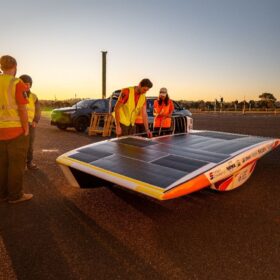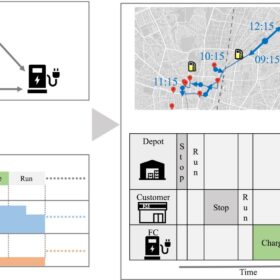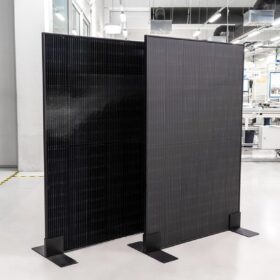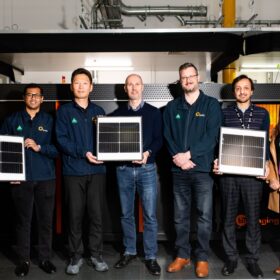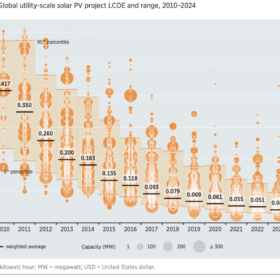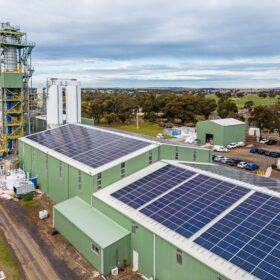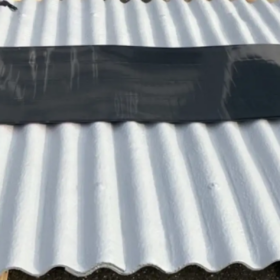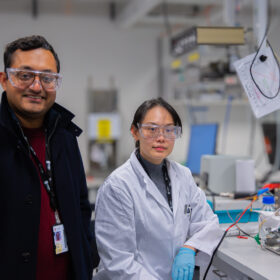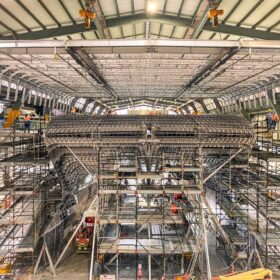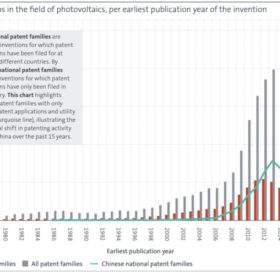Sundrive copper HJT cells to power up ANU racing team’s world solar challenge
Australian National University students are putting the final touches to their solar car Monty, using Sundrive copper HJT solar cells in preparation for the 3,000 kilometre World Solar Challenge from Darwin to Adelaide in August.
Electric vehicle fleet delivery routes optimised to find local surplus solar
Scientists in Japan have developed a model that predicts surplus solar generation and creates a route for optimised charging of electric delivery vehicles, defining their work as a practical blueprint for logistics operators.
Solitek launches anti-glare black bifacial solar modules
Solitek has launched full-black 425 W bifacial solar modules with matte, satin-textured glass for glare-sensitive sites such as airports, road barriers, and buildings.
Tindo teams with UNSW to boost TOPCon cell performance
South Australia-headquartered solar panel manufacturer Tindo Solar will work with the University of New South Wales to accelerate the development of TOPCon solar cell technologies, targeting improvements in reliability and performance.
Global average solar LCOE stood at $0.065/kWh in 2024, says IRENA
The International Renewable Energy Agency’s latest report finds little change in the global average levelised cost of electricity for utility-scale solar plants year-on-year, while the global average total installed cost of utility-scale solar projects fell by 11%.
Calix green iron demonstration plant progresses with $44 million backing
Sydney-headquartered sustainability solutions company Calix Limited has secured a $44.9 million grant to build a zero emissions steel technology green iron demonstration plant in Australia.
Japanese projects to pilot solar on low load-bearing roofs, BIPV windows
A partnership between PXP Inc and Tokyo Gas Co is working on developing film-type chalcopyrite solar cells for industrial roofs with low load-bearing capacity. Elsewhere, a coalition of partners is installing inner windows featuring perovskite solar cells at Tokyo’s Telecom Center Building.
Sustainable aviation fuel research stays the course with $4.2 million jackpot
UNSW researchers are set to scale up a next-generation electrolyser system that helps produce sustainable aviation fuel using renewable energy, thanks to a $1.2 million government grant and $3 million in industry support.
Tasmanian shipbuilder lands contract for electric ferries
Australian shipbuilder Incat Tasmania has inked a contract to design and build two 100% battery-electric ferries for Molslinjen, Denmark’s largest passenger ferry company.
Photovoltaic inventions increase seventeen-fold in three decades
The European Patent Office says China has overtaken other countries in photovoltaic patent filings over the past 15 years, while European startups and universities retain a lead in agrivoltaics and niche solar applications.
